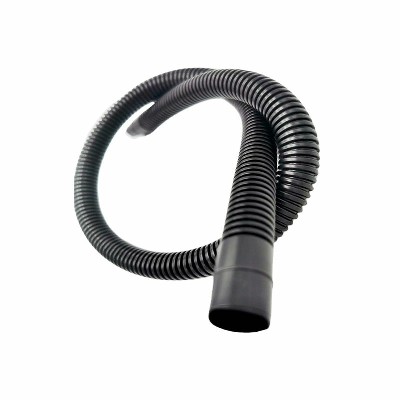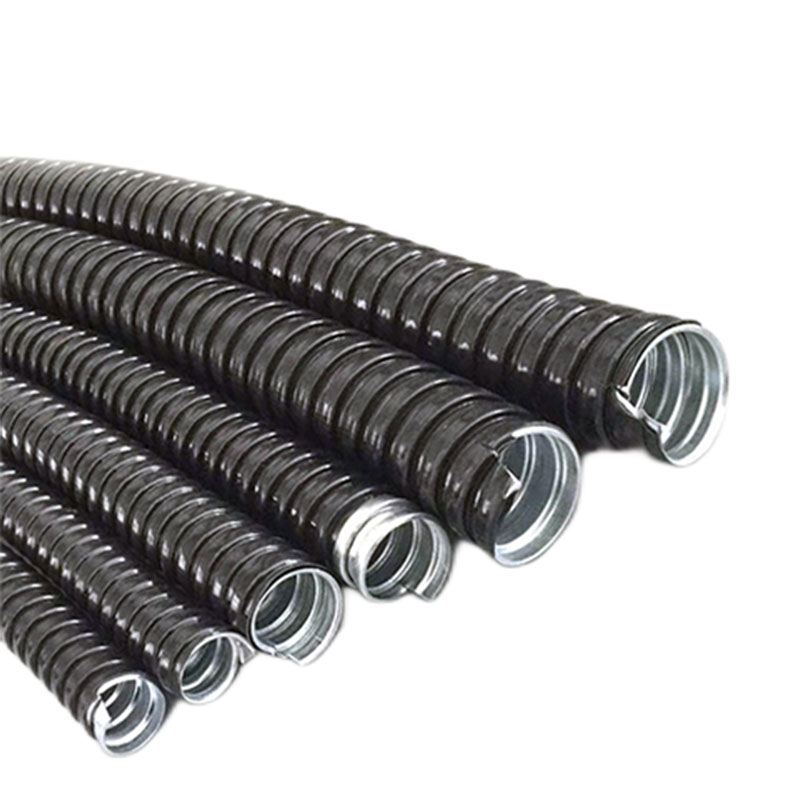We are specialized in manufacturing all kinds of metal conduit,
Hangzhou Fanyumeier Trading Co., Ltd
Plastic Drainage Pipe: A Guide to its Benefits and Applications
What are Plastic Drainage Pipes?
Plastic drainage pipes are lightweight, flexible pipes made from various types of plastic materials such as polyvinyl chloride (PVC), high-density polyethylene (HDPE), or corrugated polyethylene (PE). These pipes are designed to efficiently transport wastewater, stormwater, and other fluids away from buildings and infrastructure.
Advantages of Plastic Drainage Pipes
Plastic drainage pipes offer several advantages over traditional materials like concrete or metal. Here are some key benefits:
Lightweight and Flexible: Plastic drainage pipes are lightweight, making them easy to handle and transport. Their flexibility allows for easier installation, even in areas with complex terrain or tight spaces.
Corrosion and Chemical Resistance: Plastic pipes are highly resistant to corrosion, making them suitable for various environments, including acidic or alkaline soil conditions. They are also resistant to chemicals typically found in wastewater.
Durable and Long-lasting: Plastic drainage pipes are designed to withstand the test of time. They have excellent durability, resisting cracks, breaks, and deformation. They can also handle high-pressure conditions without compromising their structural integrity.
Smooth Inner Surface: Plastic pipes have smooth inner surfaces, which prevent the accumulation of debris, minimizing the risk of clogs and maintaining a smooth flow of fluids.
Cost-effective: Plastic drainage pipes are often more cost-effective compared to traditional materials. Their lower weight reduces transportation costs, and their ease of installation reduces labor expenses. Additionally, their longevity and minimal maintenance requirements contribute to long-term cost savings.
Insulation Properties: Plastic pipes have inherent insulation properties, reducing the risk of condensation and heat transfer. This characteristic helps maintain the temperature of the transported fluids, especially in applications where temperature control is essential.

Types of Plastic Drainage Pipes
There are different types of plastic drainage pipes available, each with its specific advantages and applications. The most common types include:
Polyvinyl Chloride (PVC) Pipes: PVC pipes are rigid, durable, and resistant to chemicals and weathering. They are commonly used in residential, commercial, and industrial applications.
High-Density Polyethylene (HDPE) Pipes: HDPE pipes are known for their high strength, flexibility, and resistance to chemicals. They are often used for underground drainage systems, agricultural drainage, and stormwater management.
Corrugated Polyethylene (PE) Pipes: Corrugated PE pipes have a corrugated exterior and a smooth interior. They offer excellent flexibility, making them ideal for applications where bending or movement is expected, such as in road drainage systems.
Applications of Plastic Drainage Pipes
Plastic drainage pipes find applications in various sectors and projects. Some common uses include:
Residential Drainage Systems: Plastic drainage pipes are widely used in residential properties for wastewater disposal, foundation drainage, and landscaping projects.
Commercial and Industrial Drainage Systems: These pipes are utilized in commercial buildings, industrial facilities, and public infrastructure projects to manage stormwater, sewerage, and wastewater.
Agricultural Drainage: Plastic drainage pipes play a crucial role in agricultural applications by effectively draining excess water from fields, preventing waterlogging and promoting healthy crop growth.
Road and Highway Drainage: Plastic pipes are used for road and highway drainage systems, efficiently collecting and channeling stormwater runoff, preventing water damage, and maintaining road safety.
Sports Fields and Golf Courses: Plastic drainage pipes are installed beneath sports fields and golf courses to ensure proper drainage and prevent water accumulation, which can cause turf damage.

Installation of Plastic Drainage Pipes
Proper installation is crucial for the effective functioning of plastic drainage pipes. Here are some key steps to consider during installation:
Site Preparation: Clear the site of any obstructions and ensure proper grading to facilitate efficient water flow.
Pipe Sizing and Layout: Determine the appropriate pipe size and plan the layout to ensure optimal performance and proper connection to other components.
Trench Excavation: Dig a trench to accommodate the pipe, ensuring it has the correct slope for water flow.
Pipe Placement: Carefully place the pipes in the trench, avoiding any damage to the pipe or fittings. Connect the pipes securely using compatible fittings and couplings.
Backfilling and Compaction: Backfill the trench with suitable material, ensuring proper compaction to provide stability and prevent pipe movement.
Testing and Inspection: Conduct thorough testing and inspection to ensure proper installation and identify any potential issues.
Maintenance of Plastic Drainage Pipes
Plastic drainage pipes require minimal maintenance compared to traditional materials. However, periodic inspections are necessary to ensure their optimal performance. Here are some maintenance tips:
Clear Debris: Regularly remove any debris or sediment that may accumulate in the pipes or drains to maintain proper flow.
Inspect Connections: Check the connections and fittings for signs of damage or leaks. Repair or replace any faulty components as needed.
Monitor for Blockages: Keep an eye out for any signs of blockages, such as slow drainage or foul odors. If blockages occur, use appropriate methods to clear them, such as hydro jetting or mechanical rodding.
Address Structural Issues: If any signs of pipe damage or structural issues are observed, such as cracks or deformation, consult a professional to assess and repair the pipes.
Choosing the Right Plastic Drainage Pipe
When selecting plastic drainage pipes, consider the following factors:
Application: Determine the specific application requirements, including the type of fluid or waste being transported, the expected flow rate, and the operating conditions.
Material: Choose the appropriate plastic material based on factors such as chemical resistance, temperature tolerance, and durability.
Size and Diameter: Select the correct pipe size and diameter to ensure optimal flow capacity and compatibility with the overall drainage system.
Standards and Regulations: Ensure that the chosen pipes comply with relevant industry standards and local regulations.
Environmental Considerations
Plastic drainage pipes offer certain environmental benefits compared to traditional materials. They are often recyclable and can contribute to reducing landfill waste. Additionally, their lightweight nature results in lower carbon emissions during transportation.
However, it's important to handle and dispose of plastic pipes responsibly. Follow local recycling guidelines and consider reusing or repurposing pipes when possible.
where to buy plastic drainage pipes ?
HANGZHOU LOVEHOME INDUSTRIAL CO.,LTD is a company who borns in Hangzhou -- the beautiful G20 Summit host city in 2016. Our products are also mainly exported to Southeast Asian countries, such as Singapore, Malaysia, Philippines, Indonesia, etc., as well as Dubai in the Middle East. We have our own factory -- Hangzhou Xiaoshan Guali Metal Flex. Conduit Factory. It is a large-sized privately owned enterprise which was established in 1997. We are specialized in manufacturing all kinds of metal conduit, G.I steel strip and connectors.
Flame retardant threaded plastic corrugated drain pipe rubber boat pump bellows

















